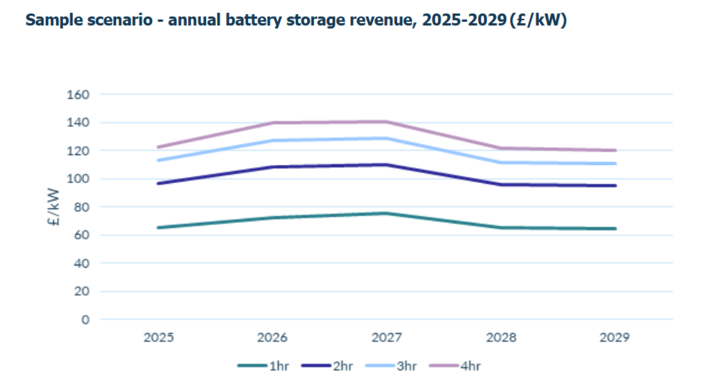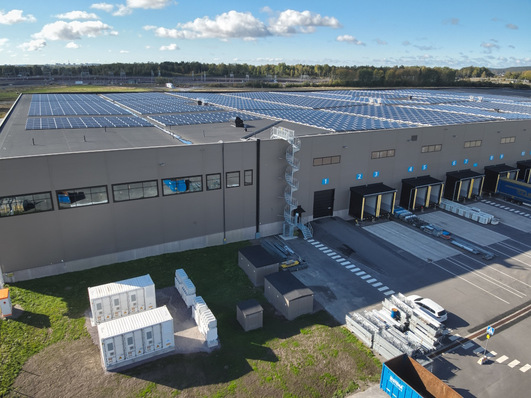Lead storage units are available in two types: as lead-acid batteries or as lead-gel batteries. Such lead storage units have been installed and tested since the early years of photovoltaics, but due to the high cost, they have remained the exception.
Very heavy battery cells
In addition, lead batteries are very heavy and relatively sluggish in terms of control.
Due to the conversion losses, the efficiency from the solar array to the stored and useable kilowatt hour for domestic consumption is relatively low.
8 kilowatt hours if you need 4
Moreover, only half of the storage capacity of lead batteries can actually be used. To store 4 kilowatt hours of solar power, you have to install lead storage with a gross capacity of 8 kilowatt hours.
Low-voltage batteries with strong currents
Lead batteries are usually so-called low-voltage systems running at a battery voltage of 12 volts, 24 volts or 48 volts. Therefore, they do not require special touch protection, but a falling wrench or screwdriver might accidentally cause a short.
This causes a very strong current, which destroys both the cells and the tool. Therefore, the low voltages are not to be underestimated. Work gloves are required, especially since lead is a toxic heavy metal. (HS)
Look at this, too:
Storage advice: Maintenance of storage units
Stay informed, get our newsletter twice a week: Register here.







